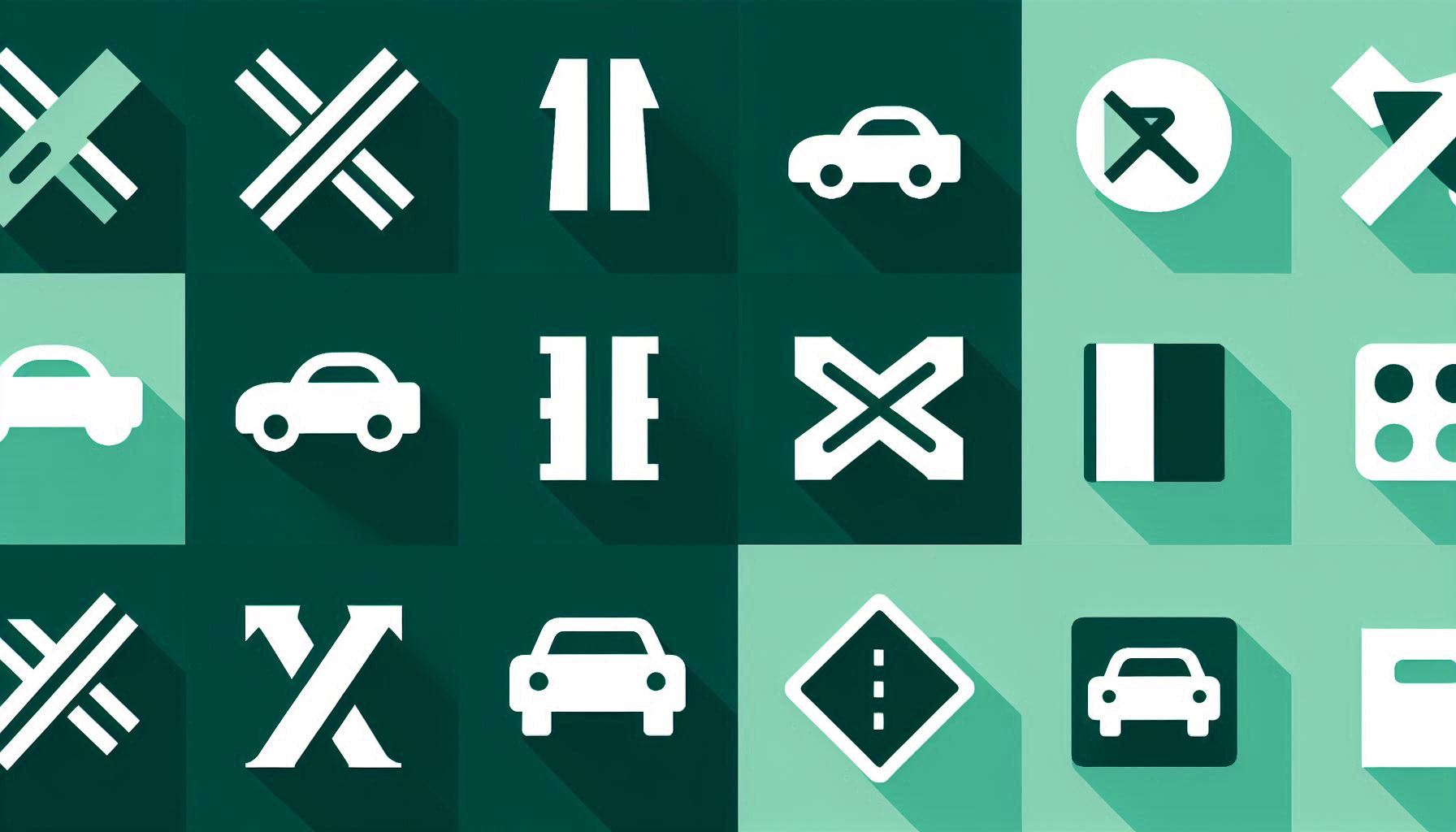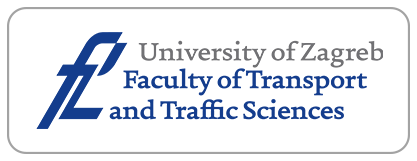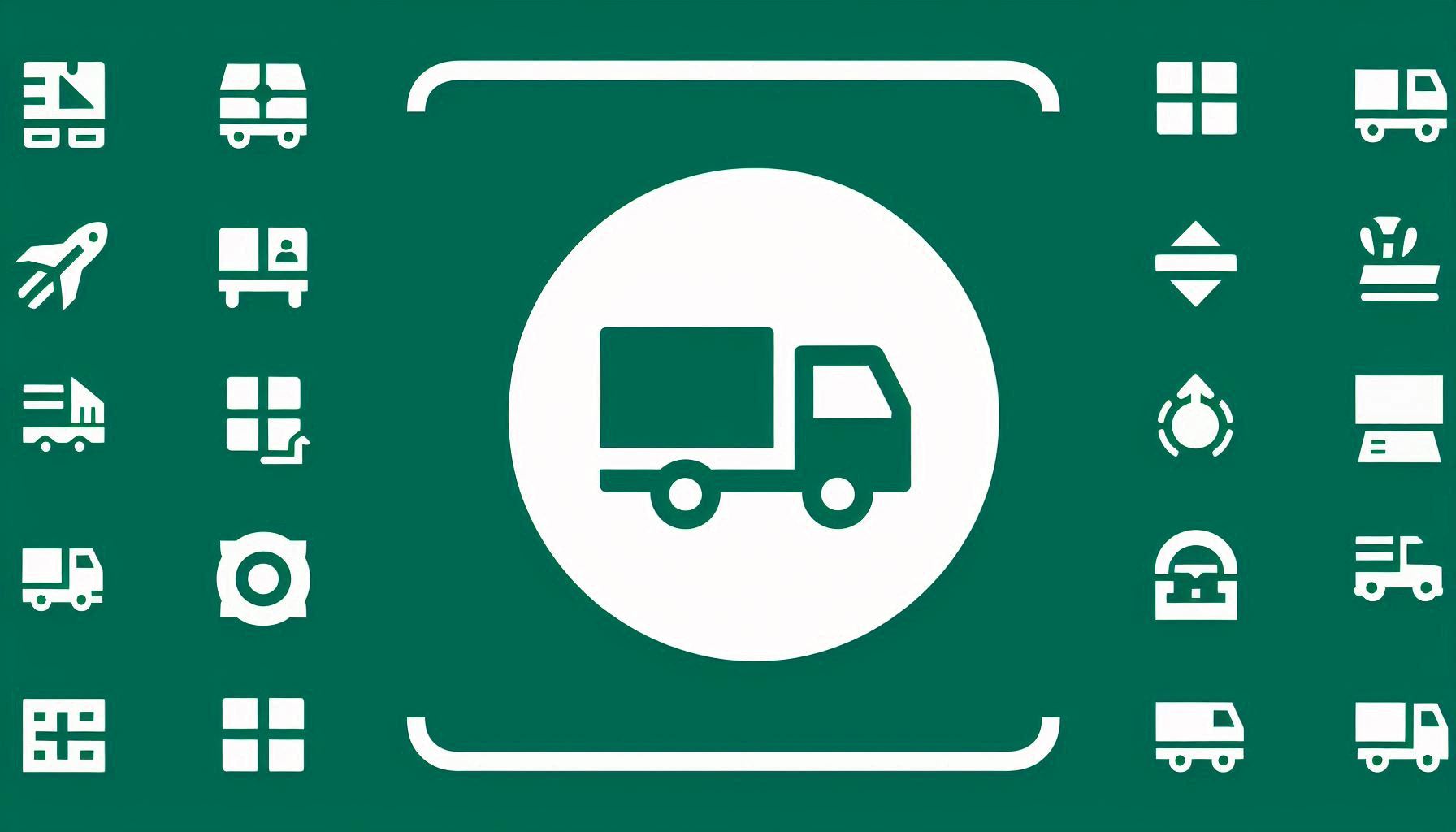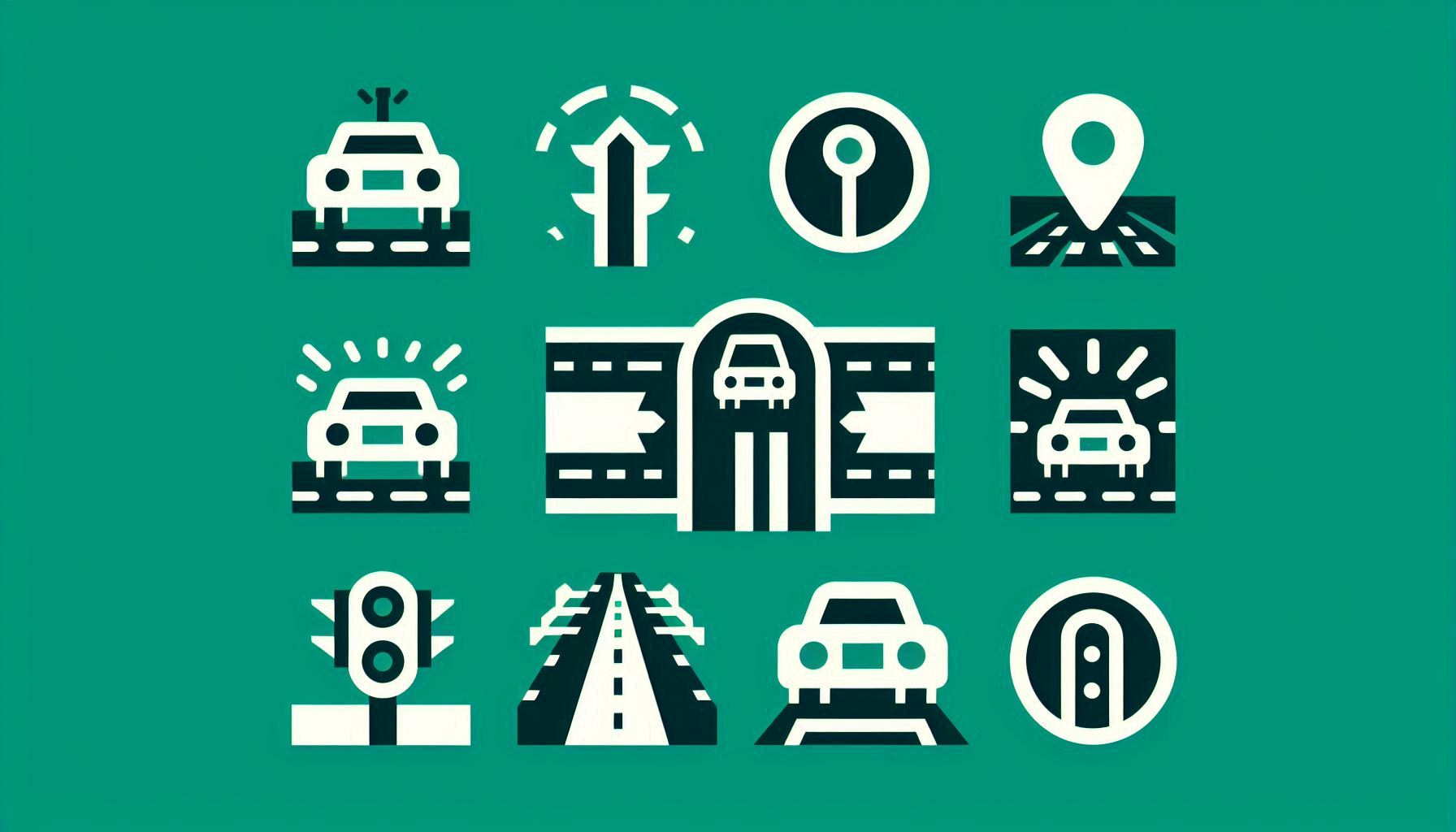Traffic Congestion Analysis and Probability Estimation Based on Stochastic Characteristics of Traffic Arrival

Downloads
Urban traffic congestion has emerged as a global challenge constraining sustainable development. Estimating the traffic congestion probability is crucial since it presents valuable information for formulating congestion mitigation strategies and improving traffic management. The existing studies employ deterministic models to predict congestion; however, they do not consider the dynamic coupling between intrinsic traffic flow randomness (e.g. spatiotemporal heterogeneity in vehicle arrivals) and congestion formation mechanisms, causing prediction biases under high-uncertainty scenarios. In this study, we propose a probability-based congestion estimation framework that employs the stochastic traffic flow theory. The traffic arrival process is described using discrete probability distributions owing to the stochastic nature of traffic flows. To prevent the misclassification of transient traffic surges as congestion, we adopt a spatiotemporal persistence criterion with dual thresholds (vehicle accumulation exceeding a critical level and duration surpassing a minimum time) for congestion identification. Additionally, we perform empirical validation using traffic datasets from Portland, USA, which demonstrates that there is no statistically significant deviation from the measured data at the 95% confidence level in the calculated congestion probabilities. The proposed method facilitates the development of targeted congestion mitigation countermeasures and presents novel insights for future transportation planning.
Downloads
Rosero F, Fonseca N, López JM, Casanova J. Effects of passenger load, road grade, and congestion level on real-world fuel consumption and emissions from compressed natural gas and diesel urban buses. Applied Energy. 2021;282:116195. DOI: 10.1016/j.apenergy.2020.116195.
Xu S, Sun C, Liu N. Road congestion and air pollution-analysis of spatial and temporal congestion effects. Science of the Total Environment. 2024;945:173896. DOI: 10.1016/j.scitotenv.2024.173896.
Ossenbruggen PJ, Laflamme EM, Linder E. Congestion probability and traffic volatility. Transportation Research Record: Journal of the Transportation Research Board. 2012;2315:54–65. DOI: 10.3141/2315-06.
Nagy AM, Simon V. A novel congestion propagation modeling algorithm for smart cities. Pervasive and Mobile Computing. 2021;73:101387. DOI: 10.1016/j.pmcj.2021.101387.
Ju X, Sun B, Jin J. The effect of new energy vehicle policies on traffic congestion: Evidence from Beijing. Business and Management Research. 2018;7:9. DOI: 10.5430/bmr.v7n4p9.
Xu J, Chen P. Identifying and tracking network-wide traffic congestion based on mapping-to-cells vehicle trajectory data. IEEE 25th International Conference on Intelligent Transportation Systems (ITSC), Macau, China; 2022, p. 1414–9. DOI: 10.1109/ITSC55140.2022.9922519.
Laval JA. Self-organized criticality of traffic flow: Implications for congestion management technologies. Transportation Research Part C: Emerging Technologies. 2023;149:04056. DOI: 10.1016/j.trc.2023.104056.
Yuangyai C, Nilsang S, Cheng CY. Robust ambulance base allocation strategy with social media and traffic congestion information. Journal of Ambient Intelligence and Humanized Computing. 2023;14:15245–58. DOI: 10.1007/s12652-020-01889-0.
Tran Quang D, Bae HS. A hybrid deep convolutional neural network approach for predicting the traffic congestion index. Promet - Traffic&Transportation. 2021;33:373–85. DOI: 10.1016/j.compeleceng.2022.108378.
Andreotti E, et al. Modeling traffic fluctuations and congestion on a road network. Advances in Complex Systems. 2015;18:1550009. DOI: 10.1142/S0219525915500095.
Wang W, Chen JC, Jim Y. The prediction of freeway traffic conditions for logistics systems. IEEE Access. 2019;1–1:138056–61. DOI: 10.1109/access.2019.2943187.
Kerner BS. Introduction to modern traffic flow theory and control. Berlin, Heidelberg: Springer Berlin Heidelberg; 2009. DOI: 10.1007/978-3-642-02605-8.
Wu N. A new approach for modeling of Fundamental Diagrams. Transportation Research Part A: Policy and Practice. 2002;36:867–84. DOI: 10.1016/S0965-8564(01)00043-X.
Kerner BS. Criticism of generally accepted fundamentals and methodologies of traffic and transportation theory: A brief review. Physica A: Statistical Mechanics and Its Applications. 2013;392:5261–82. DOI: 10.1016/j.physa.2013.06.004.
Erhardt GD, et al. Do transportation network companies decrease or increase congestion? Science Advances. 2019;5:eaau2670. DOI: 10.1126/sciadv.aau2670.
Yildirimoglu M, Geroliminis N. Experienced travel time prediction for congested freeways. Transportation Research Part B: Methodological. 2013;53:45–63. DOI: 10.1016/j.trb.2013.03.006.
Laflamme EM, Ossenbruggen PJ. Effect of time-of-day and day-of-the-week on congestion duration and breakdown: A case study at a bottleneck in Salem, NH. Journal of Traffic and Transportation Engineering English ed. 2017;4:31–40. DOI: 10.1016/j.jtte.2016.08.004.
Sun J, Ma Z, Chen X. Some observed features of traffic flow phase transition at urban expressway diverge bottlenecks. Transportmetrica B: Transport Dynamics. 2018;6:320–31. DOI: 10.1080/21680566.2017.1336127.
Yu X, et al. Research on campus traffic congestion detection using BP neural network and Markov model. Journal of Information Security and Applications. 2016;31:54–60. DOI: 10.1016/j.jisa.2016.08.003.
Kerner BS. Breakdown in traffic networks. Springer Berlin Heidelberg. Berlin, Heidelberg: Springer Berlin Heidelberg; 2017. DOI: 10.1007/978-3-662-54473-0.
Kerner BS. Optimum principle for a vehicular traffic network: Minimum probability of congestion IEEE Forum on Integrated and Sustainable Transportation Systems; 2011. DOI: 10.1109/FISTS.2011.5973601.
Zafar N, Ul Haq I. Traffic congestion prediction based on Estimated Time of Arrival. PLOS One. 2020;15:e0238200. DOI: 10.1371/journal.pone.0238200.
Yang S. On feature selection for traffic congestion prediction. Transportation Research Part C: Emerging Technologies. 2013;26:160–9. DOI: 10.1016/j.trc.2012.08.005.
Van Stralen WJH, Calvert SC, Molin EJE. The influence of adverse weather conditions on probability of congestion on Dutch motorways. European Journal of Transport & Infrastructure Research. 2015;15:482–500. DOI: 10.18757/EJTIR.2015.15.4.3093.
An C, et al. Lane-based traffic arrival pattern estimation using license plate recognition data. IEEE Intelligent Transportation Systems Magazine. 2022;14:133–44. DOI: 10.1109/MITS.2021.3051489.
Wang S, Li F, Stenneth L, Yu PS. Enhancing traffic congestion estimation with social media by coupled hidden Markov model. Lecture Notes in Computer Science. 2016:247–64. DOI: 10.1007/978-3-319-46227-1_16.
Kondyli A, George BS, Elefteriadou L, Bonyani G. Defining, measuring, and modeling capacity for the highway capacity manual. Journal of Transportation Engineering, Part A: Systems. 2017;143:04016014. DOI: 10.1061/JTEPBS.0000017.
Kidando E, Moses R, Sando T, Ozguven EE. Evaluating recurring traffic congestion using change point regression and random variation Markov structured model. Transportation Research Record: Journal of the Transportation Research Board. 2018;036119811878798;2672:63–74. DOI: 10.1177/0361198118787987.
Xu T, Hao Y, Peng Z, Sun L. Modeling probabilistic traffic breakdown on congested freeway flow. Canadian Journal of Civil Engineering. 2013;40:999–1008. DOI: 10.1139/cjce-2012-0067.
Afrin T, Yodo N. A survey of road traffic congestion measures towards a sustainable and resilient transportation system. Sustainability. 2020;12:4660. DOI: 10.3390/su12114660.
Dehman A. Breakdown maturity phenomenon at Wisconsin freeway bottlenecks. Transportation Research Record: Journal of the Transportation Research Board. 2013;2395:1–11. DOI: 10.3141/2395-01.
Li C, Yue W, Mao G, Xu Z. Congestion propagation based bottleneck identification in urban road networks. IEEE Transactions on Vehicular Technology. 2020;69:4827–41. DOI: 10.1109/TVT.2020.2973404.
Wang S, He L, Stenneth L, Yu PS, Li Z. Citywide traffic congestion estimation with social media. Proceedings of the 23rd SIGSPATIAL International Conference on Advances in Geographic Information Systems – GIS ‘15. 2015;4:1–10. DOI: 10.1145/2820783.2820829.
Abdel-Aal MMM. Survey-based calibration of a parking entry as a single-server mathematical queuing model: A case study. Alexandria Engineering Journal. 2020;59:829–38. DOI: 10.1016/j.aej.2020.02.016.
Sun J, et al. Efficient VNF placement for Poisson arrived traffic. IEEE Transactions on Network and Service Management. 2021;18:4277–93. DOI: 10.1109/TNSM.2021.3102583.
Texas A&M Transportation Institute. Ramp flow control Urban Mobility Information; 2016, http://mobility.tamu.edu/mip/strategies-pdfs/active-traffic/technicalsummary/Ramp-Flow-Control-4-Pg.pdf, [Accessed 1 June 2016].
Copyright (c) 2025 Wanru SUN, Hongjun CUI, Minqing ZHU

This work is licensed under a Creative Commons Attribution-NonCommercial 4.0 International License.



















